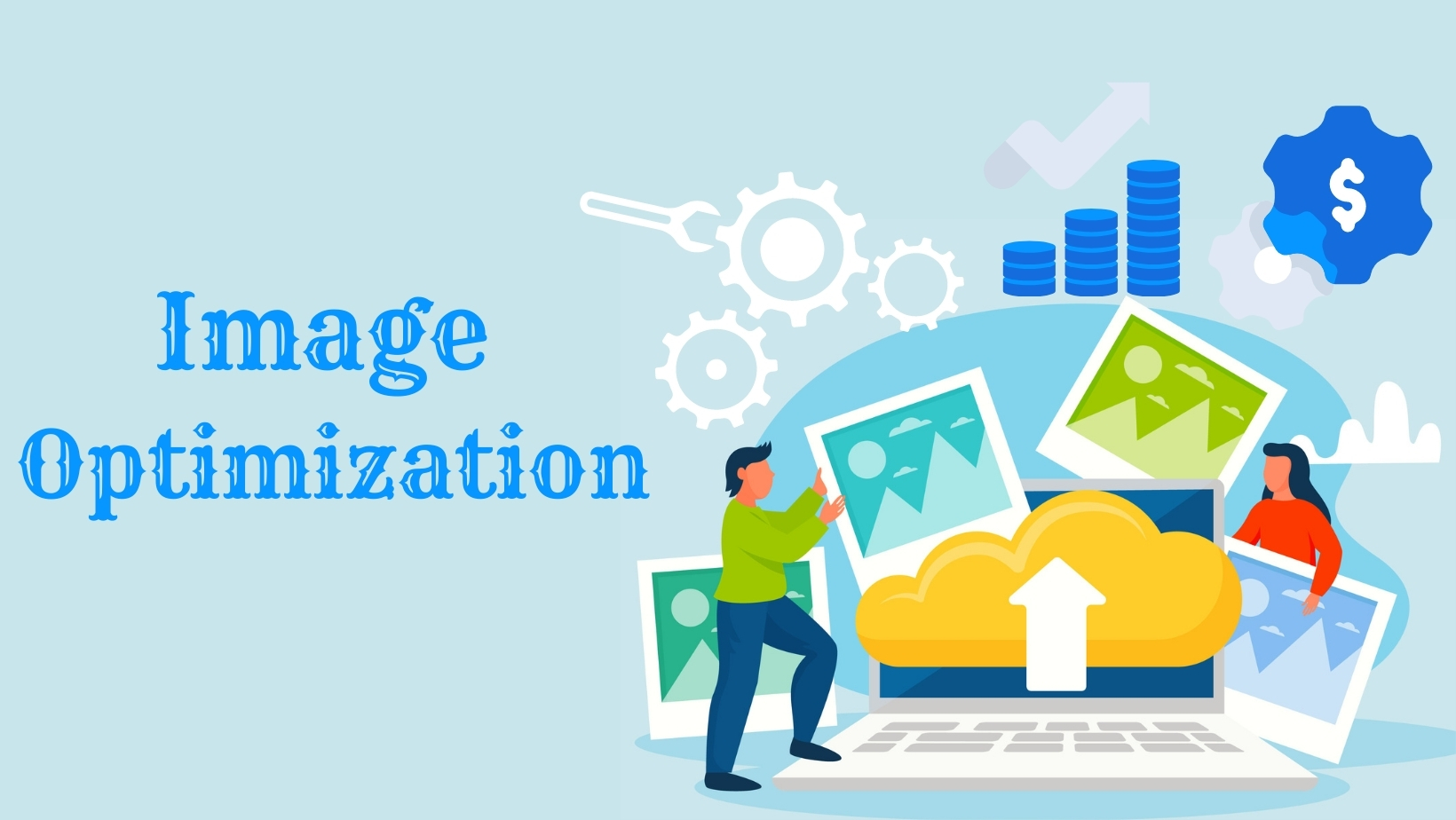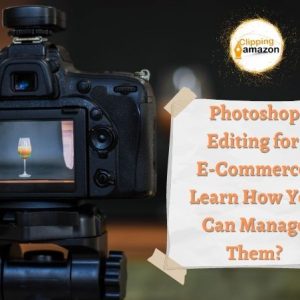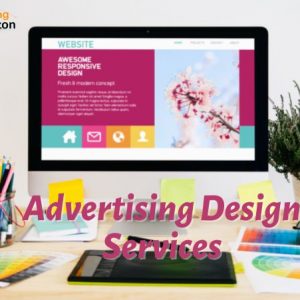The importance of photos in e-commerce, travel, and media websites is growing over time. As the importance of images increases, so the need for photo optimization also increases. According to the HTTP archive, on average, about 4% of the weight of a website consists of images. If we are able to reduce the size of these images without reducing the image quality, it will have a direct. And also give a positive effect on the page load speed and the user experience of visitors to your websites. so, we should optimize images for better result
According to Gomez and Akamai.com, half of the users prefer sites that load in less than 2 seconds. If the page takes more than 3 seconds to load, about 40% of visitors leave the site, thus increasing the bounce rate. Thus, Photo optimization is the only solution to this problem.
What is Photo Optimization
Photo optimization refers to the process of image rendering with maintaining high quality while keeping the smallest size. There are three main methods for photo optimization: resizing, caching, or compression. Resizing means reducing the size of the image to achieve the smallest size with the highest value. Caching method saves image files in the browser cache by reducing page load time.
Importance Of Photo Optimization
Images have proven to be important for users to connect with your products. If your website takes more than 3 seconds to load, users are more likely to leave it, which can drastically increase your bounce rate and ultimately affect your conversions.
Why is image optimization important? The answers are given here – Image optimization enhances the SEO ranking of websites to improve page load speed and improves the user experience. Let’s study the importance of optimizing web images:
Improves Page Load Speed By Photo Optimization
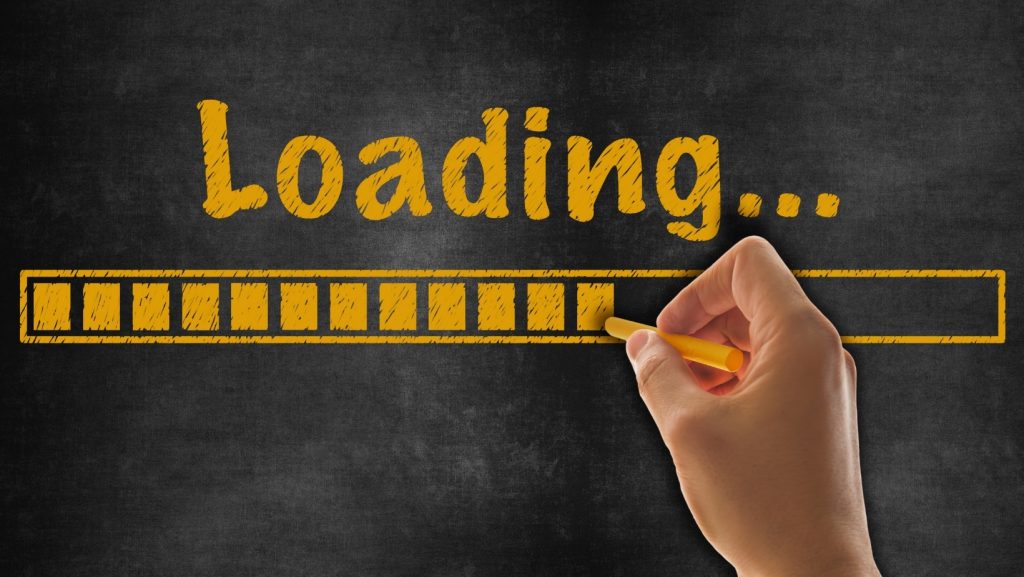
Page load speed is the amount of time that takes for a web page to fully load. It depends on many factors ranging from the host of your website to the layout and design of the website. Websites speeding less than 2 seconds are most preferred by their users. So, if you optimize 64% of the weight of your website which is the images, you can improve the speed of your website.
This gives your website visitors a faster experience, so more users will interact with your products and services. There are many tools that can help you analyze your page load speed, such as Google’s PageSpeed Insights, Web Page Test, which gives you a complete insight into your web page.
Improves SEO Ranking By Photo Optimization

Yes, in 2010, it became clear to all that page load speed is a ranking factor. Google does not like slow websites like its users. Marketing leaders like Moz and Seamrush have shared their insights on page load speeds.
The update was brought to Google’s Webmasters Blog in 2010, which states, “Like us, our users place a lot of value in speed — that’s why we’ve decided to take site speed into account in our search rankings.” Thus, it is clear that faster websites rank better than slower websites in search results. This will happen when you do photo optimization
Every digital marketer understands the importance of search rankings in today’s world. Who doesn’t want to be at the top of their website pages? And one of the reasons is the load speed of your web page. Thus, photo optimization holds great significance here.
Boost Conversions By Photo Optimization

So, if your search rankings improve, it means you can capture more users and probably get more conversions. Page load speed is directly related to SEO rankings and conversions.
There has been a lot of research by marketing leaders on the relationship between conversion and page load speed, including Kissmetrics, Moz, etc. According to Kissmetrics, 79% of buyers who are not satisfied with the speed or performance of a web page do not buy from the same site again.
Enhance User Engagement

A happy customer is not a myth, certainly not for websites that provide a great user experience. And it could be your website. All you need to do is optimize the images on your website, improve your page load speed and thus provide a better user experience overall. If your page loads faster on all devices, a user will spend more time there.
Many studies have shown that users will gradually leave these websites. Websites loaded in 2.4 seconds experience a 24% bounce rate. The speed with which your page loads also increases the rate of return, meaning that your customer who is quickly gaining experience on your site will probably buy again from you. Therefore, user satisfaction and happiness also depend on the page load speed, which can be improved by optimizing web images.
In this digital world, every factor related to the performance of your website is important. Thus, viewers’ expectations have only increased over time.
No one can ignore the benefits of Photo optimization. These benefits are not limited to page load speeds and SEO rankings. Similarly, Photo optimization is able to increase your conversions and earnings.
How To Optimize Images for Website
Here are some tips to help you optimize your images for the best performance. We hope that applying these tips will further enhance the user experience of your website. So let’s get started
Naturally Naming Image Files
The easiest way to include images in your SEO is to name them. Try searching for the logical name for the image, using the keyword to rank the image. Proper naming of the image files is the most important part of photo optimization
Similarly, the alt and title features of the image enhance the user experience, giving the images a higher rank in searches. This, in turn, creates the relevance of the page over time, resulting in the search engine identifying the page as having a higher rank.
Accessibility Write these features concisely and grammatically to help readers, thus improving the user experience. This allows on-page image captions and keywords around the image to help search engines find more images.
Host page HTML title tags now appear in image search results, so they should be relevant to the image as well.
Using The Right Size And Format
Creating the right size and format of the image is the main part of photo optimization. Working with a variety of layouts can help you keep track of the weight of the website. For example, you can use SVG for logos or icons as it works well with light and general images and limited colors.
It’s great to use PNG with images with transparent backgrounds, although it’s the heaviest type, so use it sparingly. JPG is the most used image type as it allows for lots of detail and color. However, to avoid adding too much weight to the page, you need to keep your JPG images lighter than 100kb and 1920 pixels.
If you need to save a large image, you can set it to Progressive JPG, whereas images start loading and displaying
GIFs should be reserved for general animation with common color schemes as they are limited to 256 colors.
Use Relevant And High-Quality Images:
To ensure that your website visitors are satisfied. Avoid using images that are not relevant to the content, such as blurry or badly-cut images, because using such images makes your web page look invalid and unreliable. Optimize images for gaining customers’ attention and trust. it also helps to rank your website.
Be sure to associate these images with the explicit relevance of what you have on your website. Just be careful not to use images that are not copyrighted, it’s always a good idea to click or create your own images or optimize images – it shows how professional your business is.
Use Of Alt Tags
Alt tags or alternative tags are another important SEO element. It will help search engine crawlers better identify the content of your web page for a particular keyword.
You can add Alt text to each image you add to your website. That way, if the browser has trouble loading images into your website, users will know what the image is because of the alt text.
Alt-text is another sign that you can use to tell search engine crawlers what your website is about. Be sure to add something descriptive to your initial keywords and the good text of your images. If you optimize images without alt text it will not be user-friendly for the website
Figure Out The Proper Quality-To-Size Ratio
This step is a bit complicated because you want your images to be of the best quality without compromising the page speed of the websites, which can be slowed down if you do not optimize images properly.
Usually, the actual size of the image is larger than what is displayed on the website. If you add images to their original size on the website, it can slow down the page. To prevent this from happening, you can optimize image files to fit the website properly.
You can do this using a variety of tools available on most computers, such as Microsoft Paint. You can use “Save for Web” in Adobe Photoshop to find the smallest file size that provides better resolution.
Add Images To Your Sitemap
Google encourages website owners to submit sitemaps to their website to help crawlers better identify and index their pages. Google encourages you to add images to Sitemaps or create a separate sitemap for submitting images.
By adding images to the sitemap, you have provided Google with clear information on how to increase your website’s chances of ranking higher in Google Image Search, which is good for your website’s overall ranking position. Adding images in the sitemap provides a better result in Photo Optimization.
Edit Image
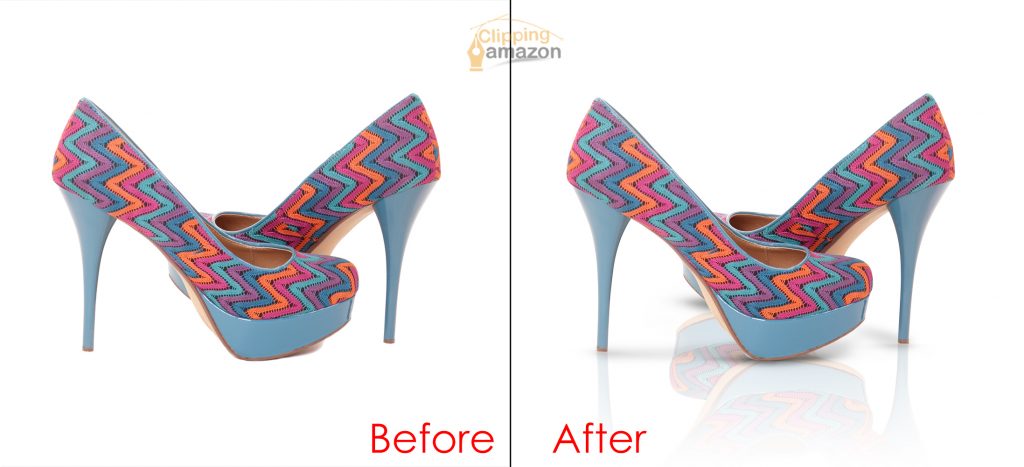
To Sum Up
Images are not just a great visual aid to your content. Nowadays, images actually drive traffic to your content with the potential to maintain consistency and increase your page rank. Therefore, optimizing your images to attract searches is intended to improve the SEO of each website.
